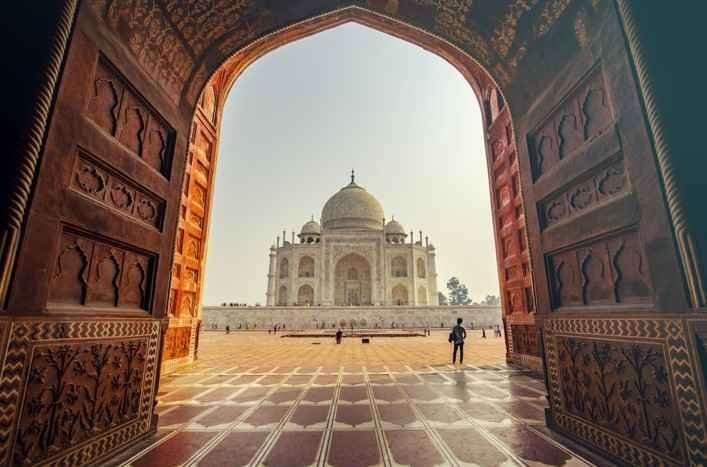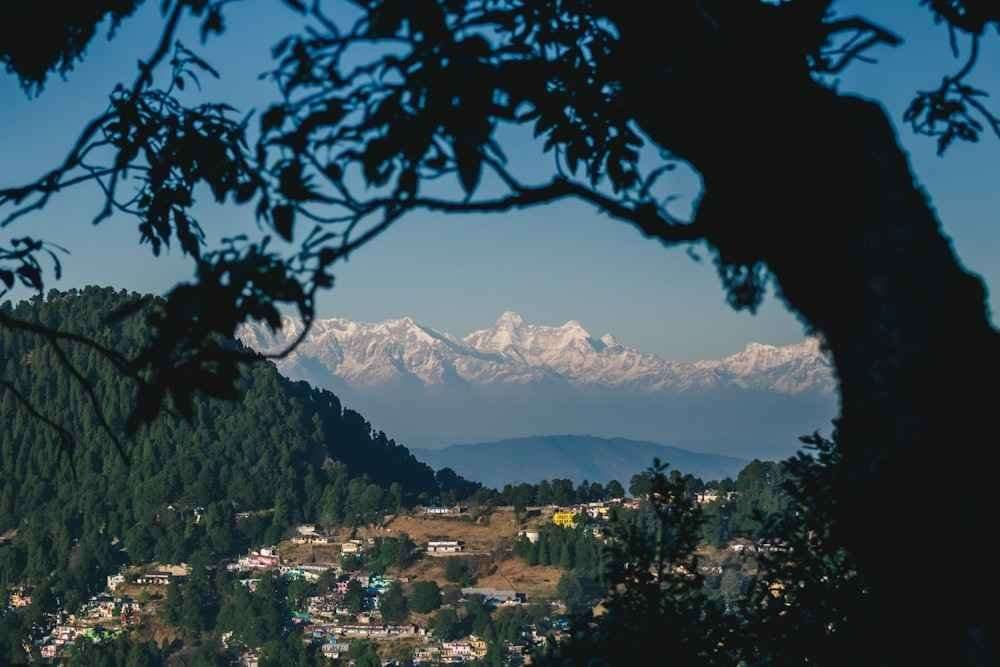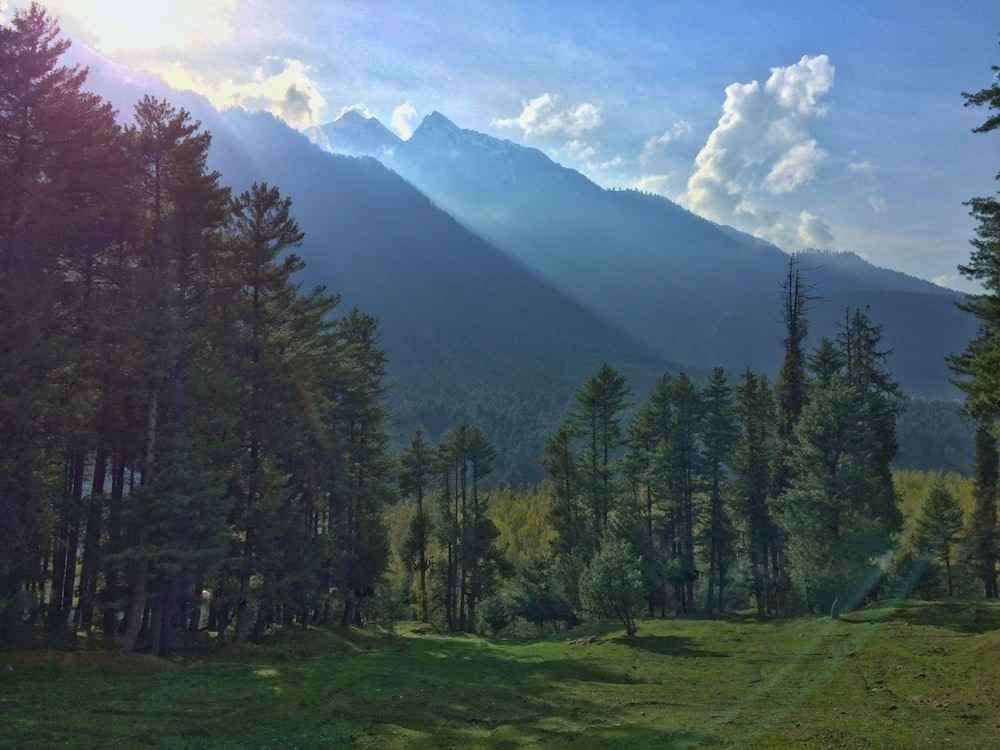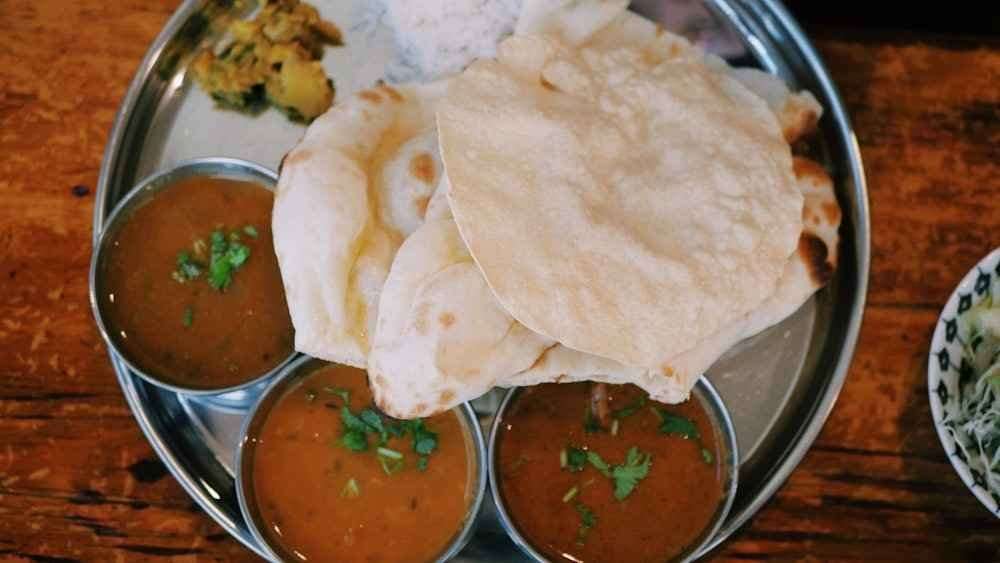- Home
- Blog
- Write for Us
- Travel Shop
- Type of TripsSolo Female TravelGirls Trip DestinationsAdventureBudget TravelLuxury TravelSolo Female TravelGirls Trip DestinationsAdventureBudget TravelLuxury Travel
- Resources

Hello, enthusiastic traveler. We are your tour guide for today. We help people plan amazing journeys, enjoy the traditions, and eat mouthwatering foods. If you have decided to go on a backpacking journey across India but don’t know where to begin, we will help you make your journey memorable and exciting. Don’t worry; there is a first time for everything, and if it’s your first-time visiting India, you are in for a treat. Also, if you are an agent taking a group of young travelers for backpacking and hiking, grab a quick fix travel logo idea to distinguish yourself from the other tourist groups so your people don’t get lost (believe us, there are many).

India is a vast country with lots of beautiful places, old villages, traditional sights, and amazing food. There is a lot to see in India, so you cannot see it all. However, you can surely grab the essence of it and take it as a souvenir.
In India, local transportation is readily available, which is a perfect way to take a tour. You can also hire a private driver that can take you to all the beautiful sites you can handle.
Finally, one very important thing you must know about in India is that you must be prepared for anything and everything. You’ll find that there are a number of things going on in India to include poverty, political issues, overcrowding, every kind of pollution, and much more. Do what you can to prepare yourself as Bharat provides a variety of sights, sounds, and experiences you may not be used to at home.
Know that you know that you should be prepared when traveling to India, we will help you understand the basics, discuss the amazing places to explore, plan stays, enjoy festivals, and provide you a handful of tips to start this process. So, without further ado, let’s jump right in!
The first thing you will need to visit India is a Visa. To acquire one, you have two options to do so to include:
Acquiring a visa-on-arrival is limited to the citizens of Japan, UAE, and South Korea. Also, UAE nationals must have previous record of obtaining an e-Visa or paper Visa for India.
It is the best, most preferred visa for most nationalities. E-Visa has a further 3 classes based on the allowed time duration for stay:
1 Month e-Visa – 30 days or one-month duration, double-entry allowed, non-extendable and non-convertible.
1 Year e-Visa – 365 days or one-year duration, and multiple entries allowed.
5 Year e- Visa – 1825 days or five-years duration, and multiple entries allowed.
Tourists, travelers, and backpackers can apply for the one-month e-visa up to 30 days prior to the journey. To ensure the smoothest transition make sure you submit the application at least four days before reaching India.
The above types of visitors can submit the application for the one-year and five-year duration e- visa up to 120 days prior and not more than 4 days before reaching India.
You can learn more about the visa instructions, authorized access points, visa categories, visa fees, and much more on the official Indian government’s Online Visa Website.
Once the visa process is completed, exchange your currency into Indian Rupee or INR and make note of the exchange rate. I normally keep the value of $10 USD to X curreny in my head for quick calculation. Also, since your journey will be longer period of time, it would be best to get an Indian SIM card as well. The three top choices are Vodafone, Airtel, and Jio. You can overview the best sim cards in India and compare their plans, pricing, and features while you are on the way.
Now, the boring basics are over, and the fun starts. However, first, you should plan a majority of your Indian itinerary in to avoid missing key sights that you want to make sure you see. It may seem like a bit challenging, but believe me, it is totally worth getting at least a basic idea of where you want to go and when.

From breathtaking Himalayan mountain peaks to the wildness of the Thar Desert, you will find it all in India. Not only that, once you start exploring, you will experience lush forests, beautiful beaches, rich geography, climate changes, so pack your bags accordingly. Some amazing places to put on your list include Rajasthan state, Agra (for Taj Mahal), Varanasi, Delhi, Pushkar, and others if you have time.

Additionally, you should keep a few days set aside for the northern side of India. It’s worth the trip to experience the stunning Kashmir valleys, Srinagar, Ladakh, Turtuk, to name a few. In southern India, you should add side trips to Goa, Kerala, Bangalore, Munnar, Ooty, Kochi, Hampi, Alleppey, and Varkala to your list.
The climate of India changes significantly throughout the regions, so make sure you check the latest weather forecast for the area you are visiting. A basic rule of thumb to go by is that May and June are the hottest months, while December and January are the coldest. In between, the temperature gradually varies from the north to the south.
We will recommend you to visit at the start of the cold season, i.e, from November to April. The weather will be amazing with cold mornings, and beautiful breezes, and continue on to enjoy the changes in season.
Next up, we will discuss the 10 must-visit places in India. We highly recommend visiting the following:
Indians celebrate plenty of festivals throughout the year. As a first timer, you really should attend the festival of nine nights, Holi and Diwali. Whenever you visit, just know there will be plenty of activities to do throughout the journey.
Next up you will need to select your accommodations in the cities you visit. You will not be able to visit and explore all the places in one day, so check make sure to review Airbnb, Trivago, MakeMyTrip, TripAdvisor, other top online hotel booking apps that are available for India. You can use these to book your room in advance or know where you are headed and make your decision once you arrive.
You can explore different options as some places may cost as low as USD $5 – $10, while some other may offer transport and some add-ons. You will never know unless you check it out and see what’s available.
Now, the most important part is calculating the costs.
We already discussed about accommodations and living, so you can count your days of visit and calculate those costs accordingly.
Next up is transportation. I must say, in most cases it is very cheap to travel across India. The trains in India only cost a couple of dollars for a five hours of travel, while for inside the cities, you can opt for Rickshaws, which usually cost around USD $1 – $2 USD per ride, buses around $5 – $15, and private drivers around USD $50 above. So, pick what makes you feel comfortable, and start rolling.

Now about the food: We do not hold back on the food, as you need to try every taste of India. Whether you head over to a restaurant, a small corner shop, or a street vendor, there are so many flavors for you to try. For all the flavors, you can expect to spend somewhere around $5 – $25 or higher for a single meal, based on your diet and the eatery. Just a few types of amazing foods of India include: Chicken and Mutton recipes, Samosa, Pani Puri, Dosa, Nimbu Masala Soda, Sang Paneer, Masala Dosa, Butter Chicken, and Lassi. Apart from this, you will find plenty more to eat and enjoy.
As much as we loved visiting and exploring India, there are a few things that bothered us within our travels. So, we will share these with you so you can safely backpack your way across India and back.
Try to avoid food, drinks, places, or anything that will make you sick. Ask your driver or stick to restaurants with reviews. It can become a nightmare if you don’t. Stay away from tap water and only buy a popular brand bottle, wash off the bottles and never places your lips directly on the bottles, properly wash all utensils, and always eat with disposable cutlery outside. Additionally, drink a coke with your meal as it helps to kill some of the bacteria that may end up in your belly.
Practice saying NO; it will be highly beneficial. Many so-called tour experts, cheap room bookers, wholesale sellers, taxi drivers, and many other will try to sell you things one way or another. It can cause some confusion and very disturbing situations, so don’t be afraid to politely decline any suspicious offer and walk away!
Ask and make an agreement to a fare for any kind of transport before taking the ride. Finding out after the ride can become very controversial. Also, bargaining may come in handy.
Be careful of monkeys on the streets, as they are very agile, and they can get aggressive. If you happen to see a bunch, avoid eye contact, put your belongings in the bag or pocket, hide the food (if you are eating), and walk away.
India is a beautiful country with a ton of great sites, a ton of history, and more foods to try than is possible to get thru. As a tourist, you can spend your day looking at the stars in the desert, mountain climbing, hiking, or hanging with the monkeys. In India, you can put up a tent in the middle of a forest or simply walk the streets as there are so many attractions for visitors, tourists, travelers, and backpackers to visit, explore, and enjoy. Grab you e-sim, your backpack, hiking gear, camping equipment, and no matter where you choose to head to next, always remember to Travel Till You Drop!

Jill Charpia, founder of Travel Till You Drop and creator of inspiration. A full-time Wanderluster, lover of oddities, the weird, and the dark. Traveled to over 70+ countries and counting; Now dedicated to sharing her travels around the world in hopes of inspiring hearts and open minds. want to know more? Click here to learn more About me.


Hi, Jill Here
Hi! I’m Jill, a Dallas, Texas girl traveling the world. After a career in the Air Force and touring over 50 countries later, my need to explore keeps going! It’s time to rock & roll and find all those places I never knew I was missing.
Table of Contents
Join me to get exclusive travel tips, giveaways and more!
Gallery
Copyright © 2023 | All Right Reserved